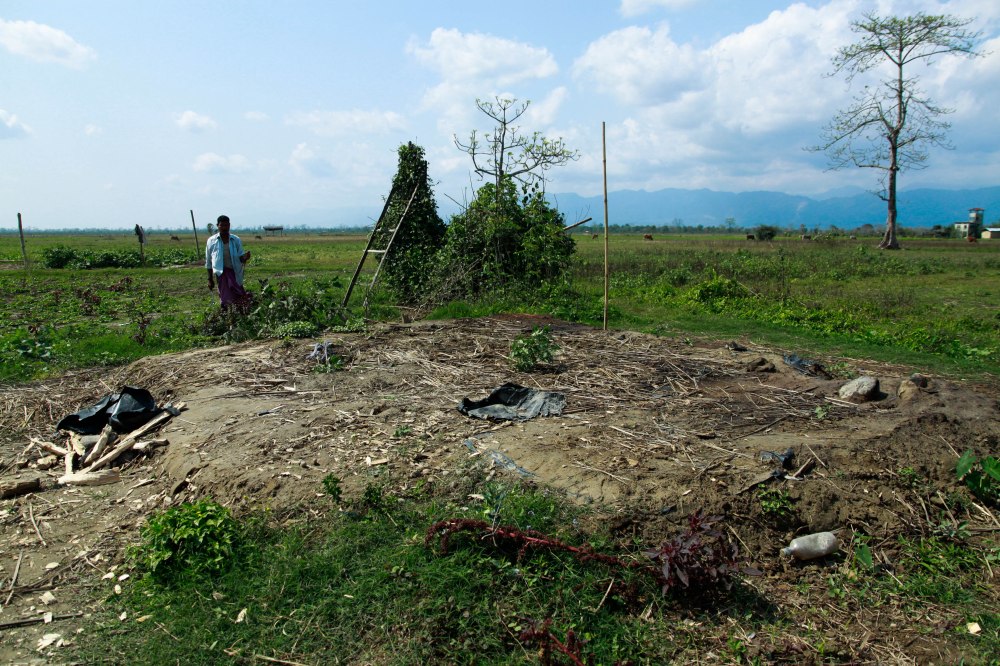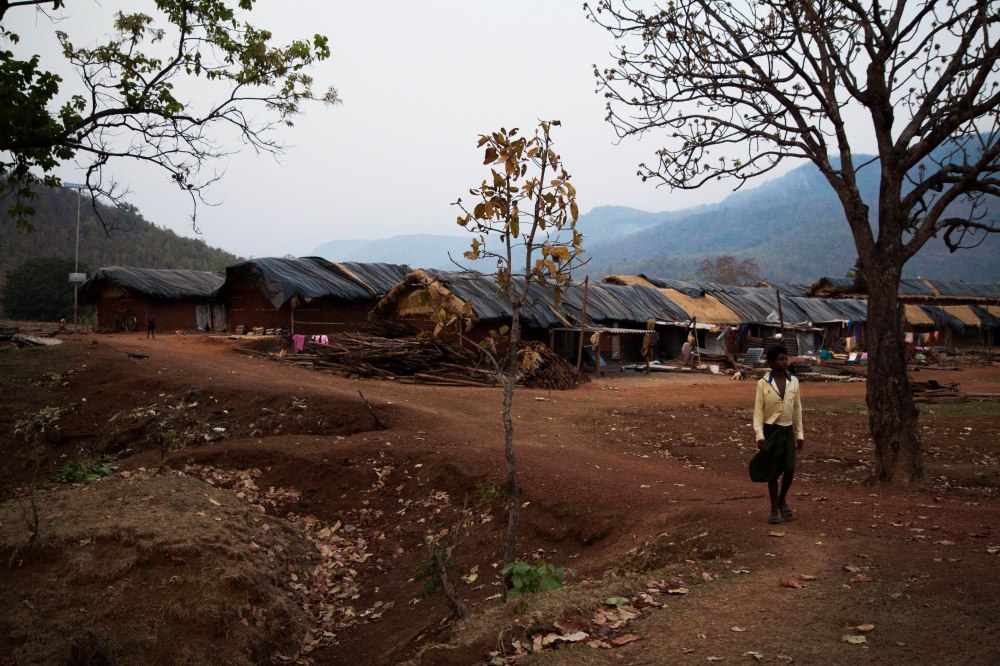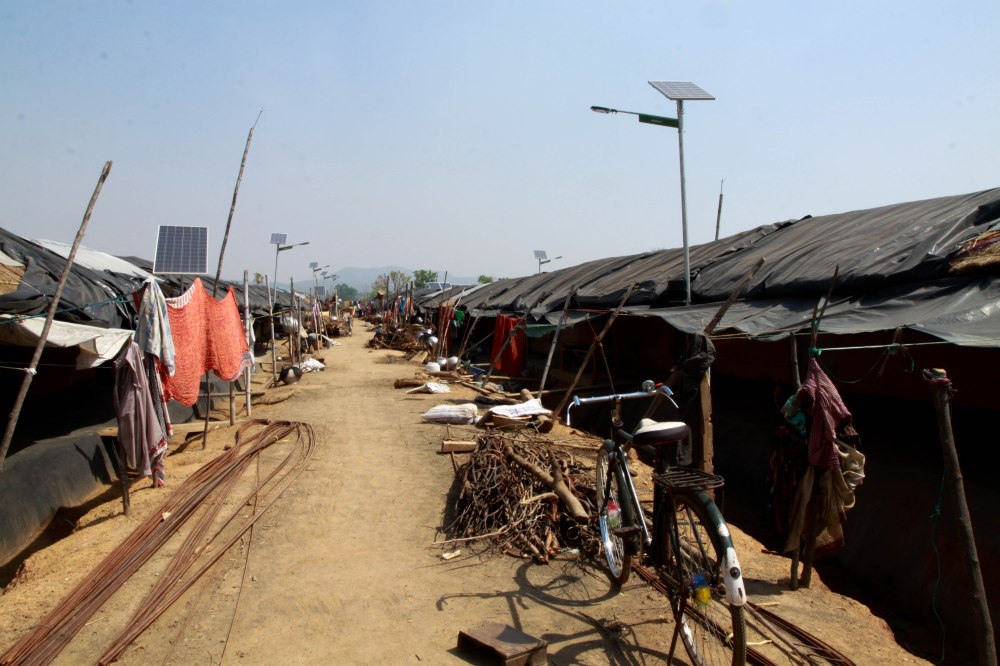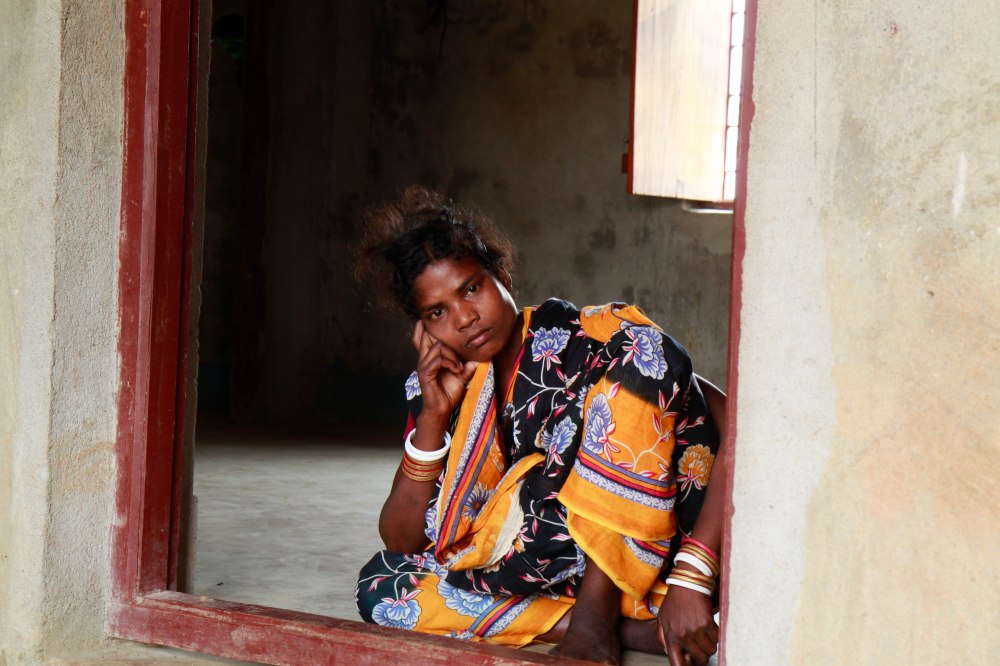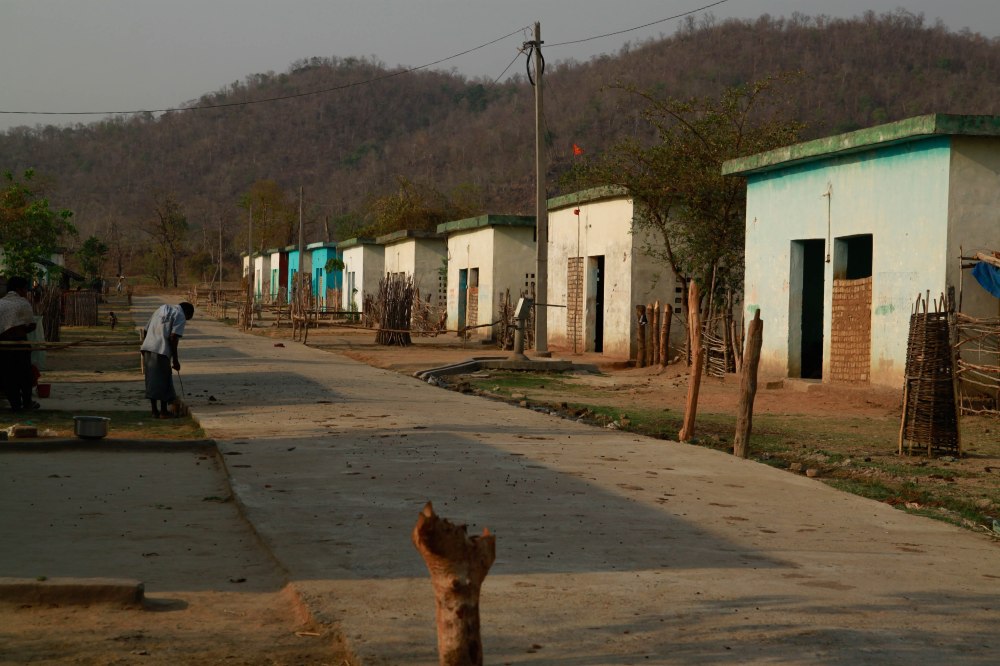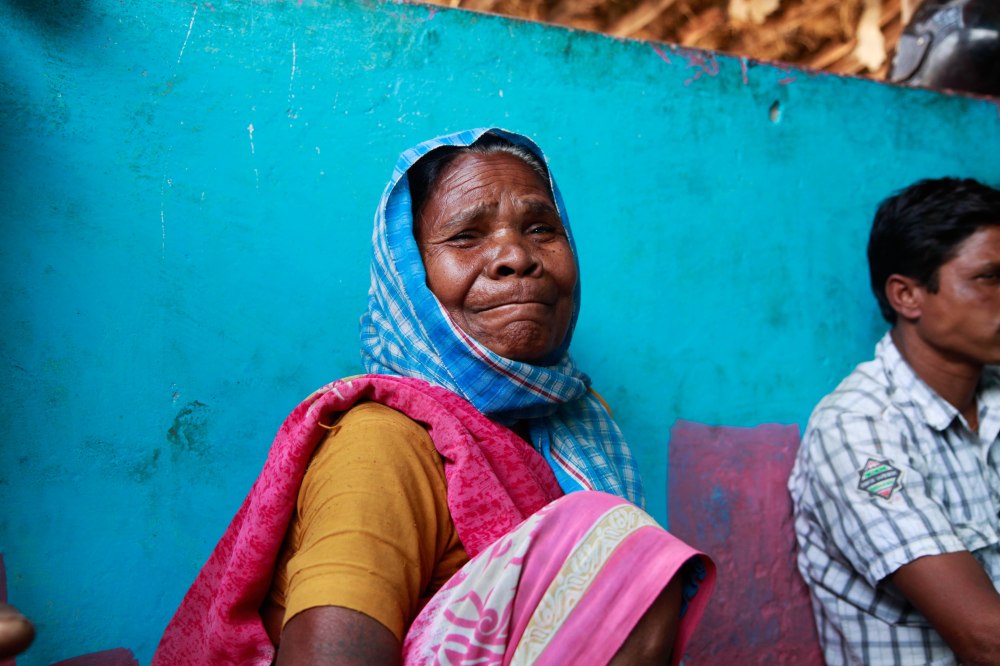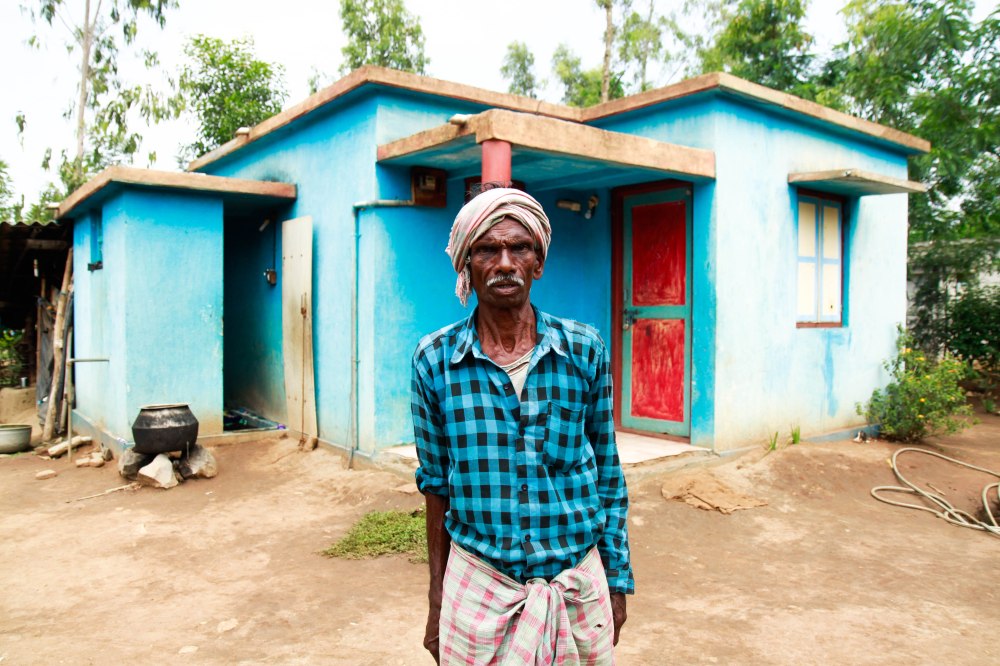The millions of displaced people do not exist anymore. When history is written they would not be in it, not even as statistics. Some of them have subsequently been displaced three and four times…. True, they are not being annihilated or taken to gas chambers, but I can warrant that the quality of their accommodation is worse than in any concentration camp of the Third Reich. They are not captive, but they re-define the meaning of liberty and still the nightmare does not end. They continue to be uprooted even from their hellish hovels by government bulldozers ….. The millions of displaced people in India are nothing but refugees of an unacknowledged war. ….
Arundhati Roy (The Greater Common Good)
Thousands of people are displaced in the name of environmental conservation, evicted from their homes and their lands for the creation of a tiger reserve or sanctuary to be protected. In the last 20 years, India has made homeless more than 300,000 people, mostly belonging to the indigenous communities living within or on the fringe of a protected area.
As compensation, they are given – when given – a sum of only $ 15,000 per family. If lucky, they get relocated to a rehabilitated camp where they receive houses often too small to accommodate an entire Indian family, and a piece of land often barren to be cultivated. From hunters and protectors of the forest, they are compelled to become wage labourers often exploited by the Indian system, and victims of a global economic system that continues to take advantage of cheap labour for the benefit of the market.
Over the past 10 years, the ever-increasing interest in climate change and the many measures at the international level adopted to minimise environmental degradation, further exacerbates the situation of the local communities. In India, in the name of tiger conservation, a number of 50 critical tiger habitat (CTH) have been notified as ‘inviolate’ area freed of human presence. This without considering that most of these areas are inhabited by indigenous peoples or forest dwellers communities that have co-existed with wild animals for centuries.
While on the map climate policies for environmental conservation aimed at reducing carbon dioxide emissions may seem just and desirable, at local level these policies become harmful. The top-down approach of forest management plans has denied families and rural communities the access to their land, forests, water sources and natural resources that have always been used by the rural populations. These leaving people homeless, landless, becoming internal refugees in their own land.
